During the Covid-19 pandemic, we all came to understand the importance of home, not only in terms of its function and use but rather what it means to us. It has become the center of our lives, and many people have had new experiences with the spaces in which they live. This understanding inspired Gabriele Salvatori, CEO of Italian design brand Salvatori, to rethink the concept of contemporary living and what makes a four-wall structure today’s home.
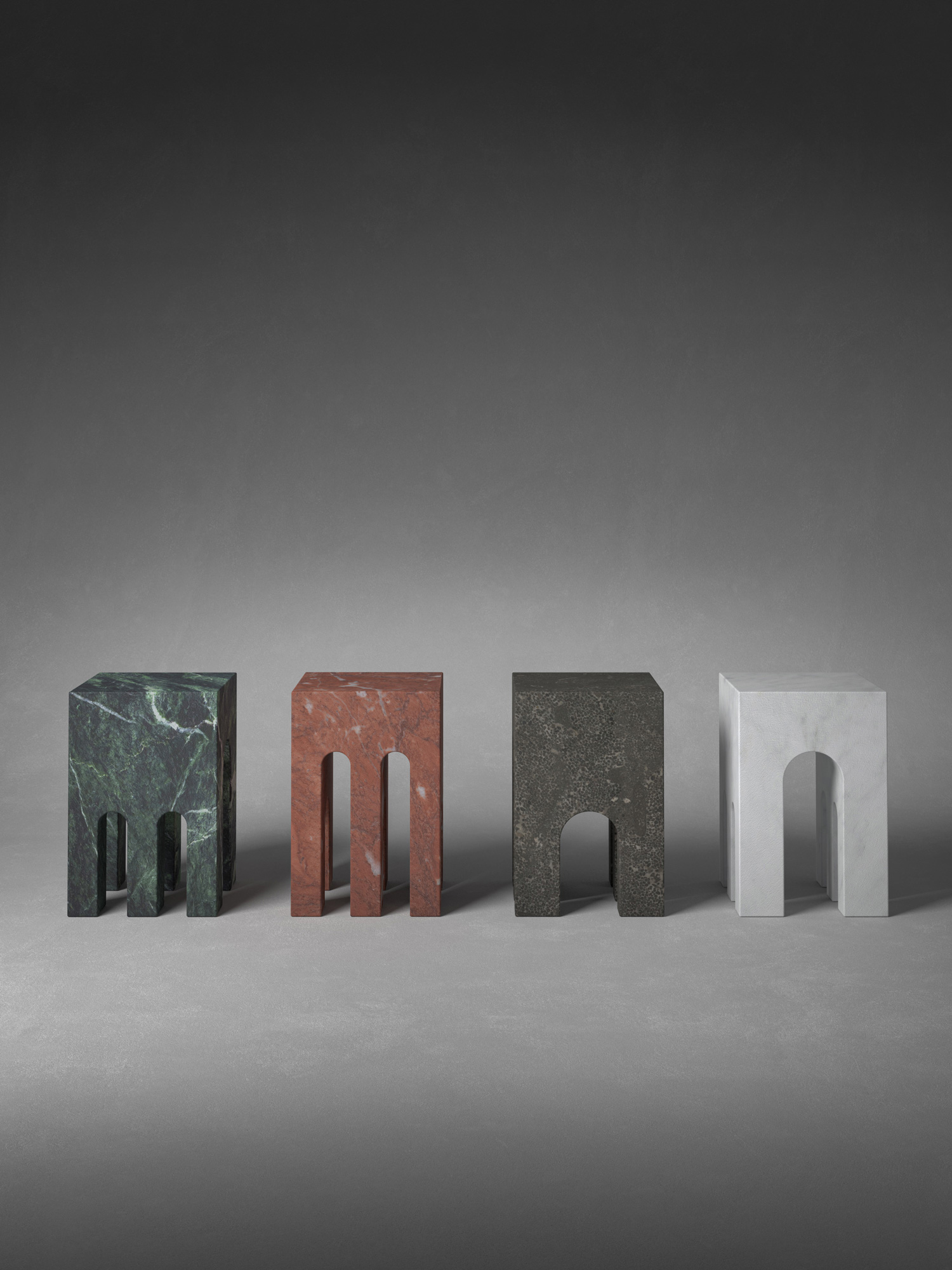
In 2020, Salvatori reached out to a group of internationally renowned designers and architects to interpret their ideal home through a series of miniature houses made from the company’s natural stones called “The Village.” Rodolfo Dordoni, Patricia Urquiola, Yabu Pushelberg, John Pawson, and Kengo Kuma were invited to design a physical manifestation of the home as they see it or how they would like to see it. The final collection is a showcase of different design approaches as well as diverse cultural and social backgrounds. As a whole, it represents in scale what our society is today: an actual global, multicultural and colorful village.
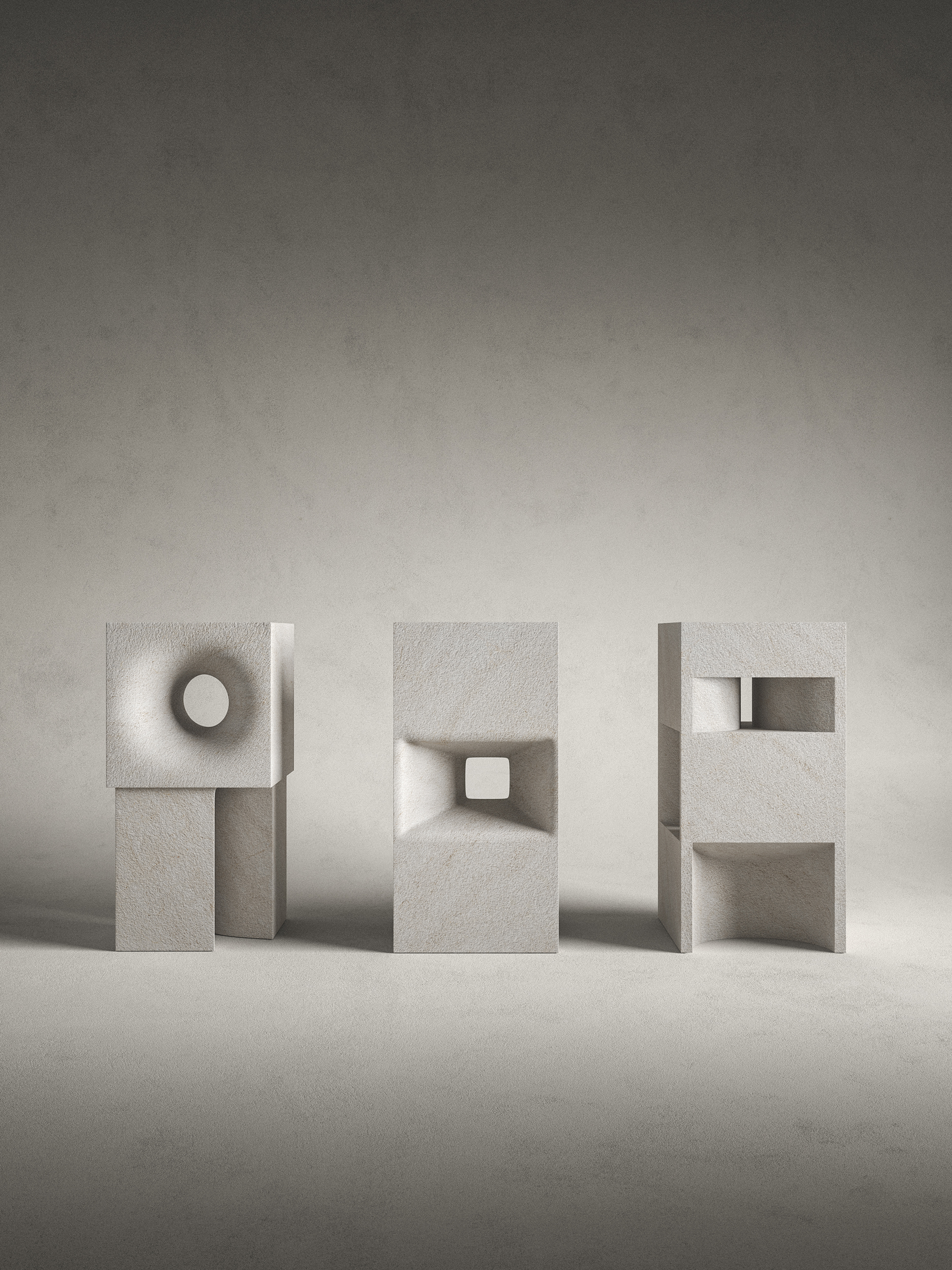
“The Village is an expression of the world as it really is,” Salvatori says. “It’s a miniature representation of the world we live in, a world that sometimes it’s hard to view objectively because we’re too immersed in our own little individual world. But the world is a community, and it’s not as big or different as we tend to think. It was only the pandemic that we lived through— and are still living through—that actually made us understand this.”
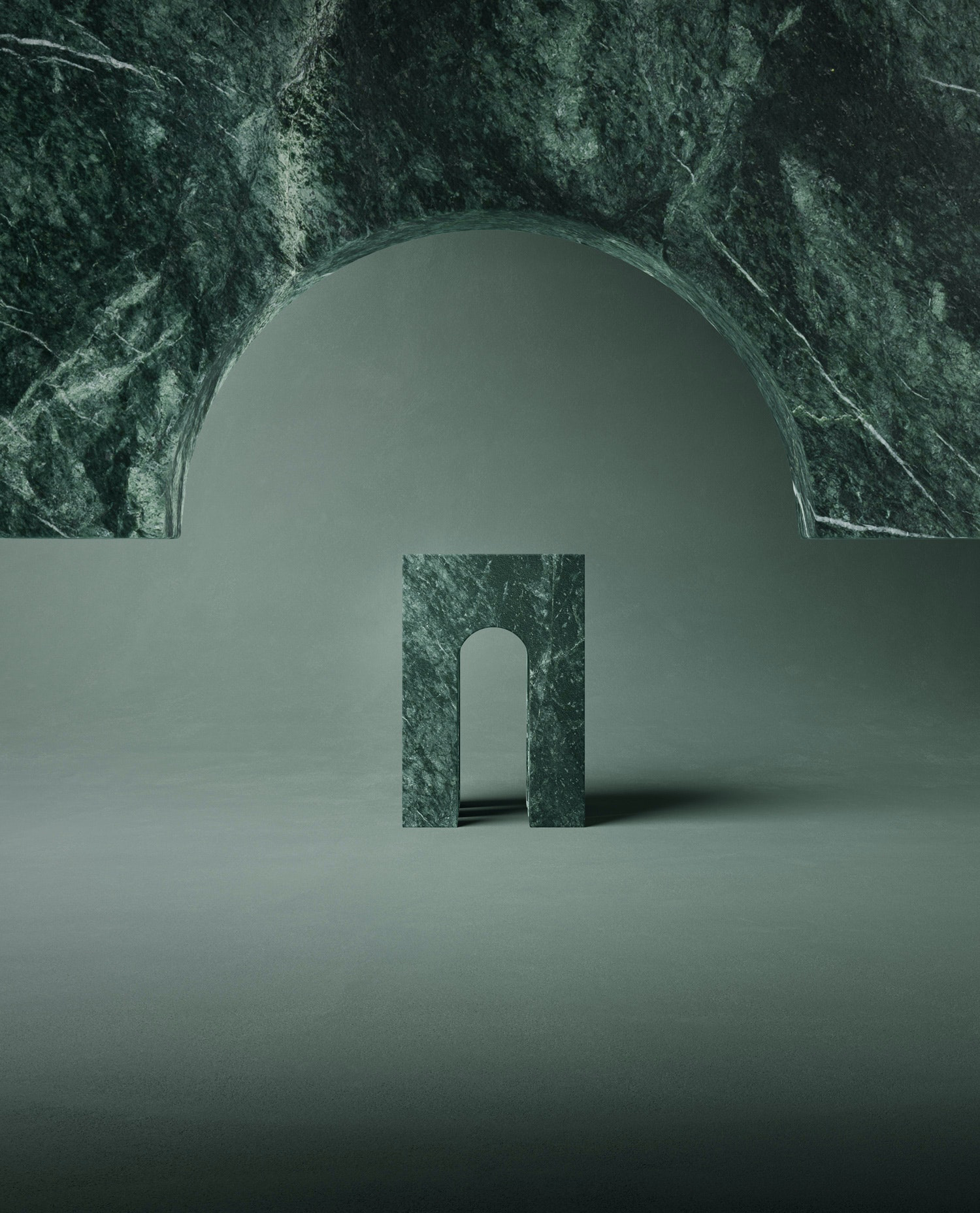
The Village is envisioned as an ever-growing collection to be unveiled in succession throughout 2021 and leading up to a final in-person exhibition, potentially at the Salone del Mobile in September. So far, Salvatori released contributions from Italian designer and architect Rodolfo Dordoni, Spanish designer and architect Patricia Urquiola, and Toronto and New York-based interiors studio Yabu Pushelberg.
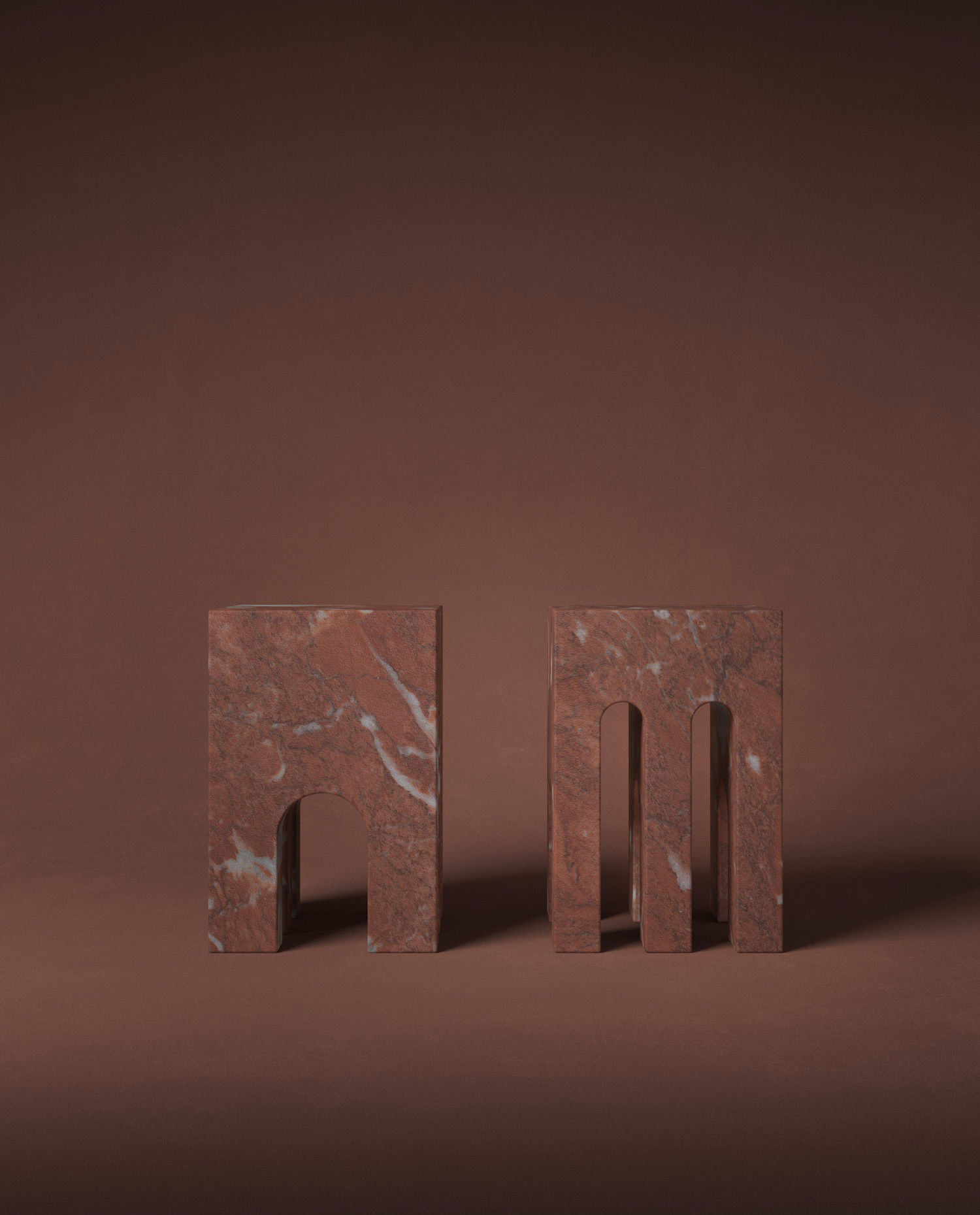
Dordoni’s design titled ‘Novecento’ features a quartet of miniature houses referencing rationalist and modernist Italian architecture. ‘My contribution to The Village originates between playfulness and rationality, from the combination of architecture, sculpture, and design. It is an homage to our history and story,’ says the Italian designer.
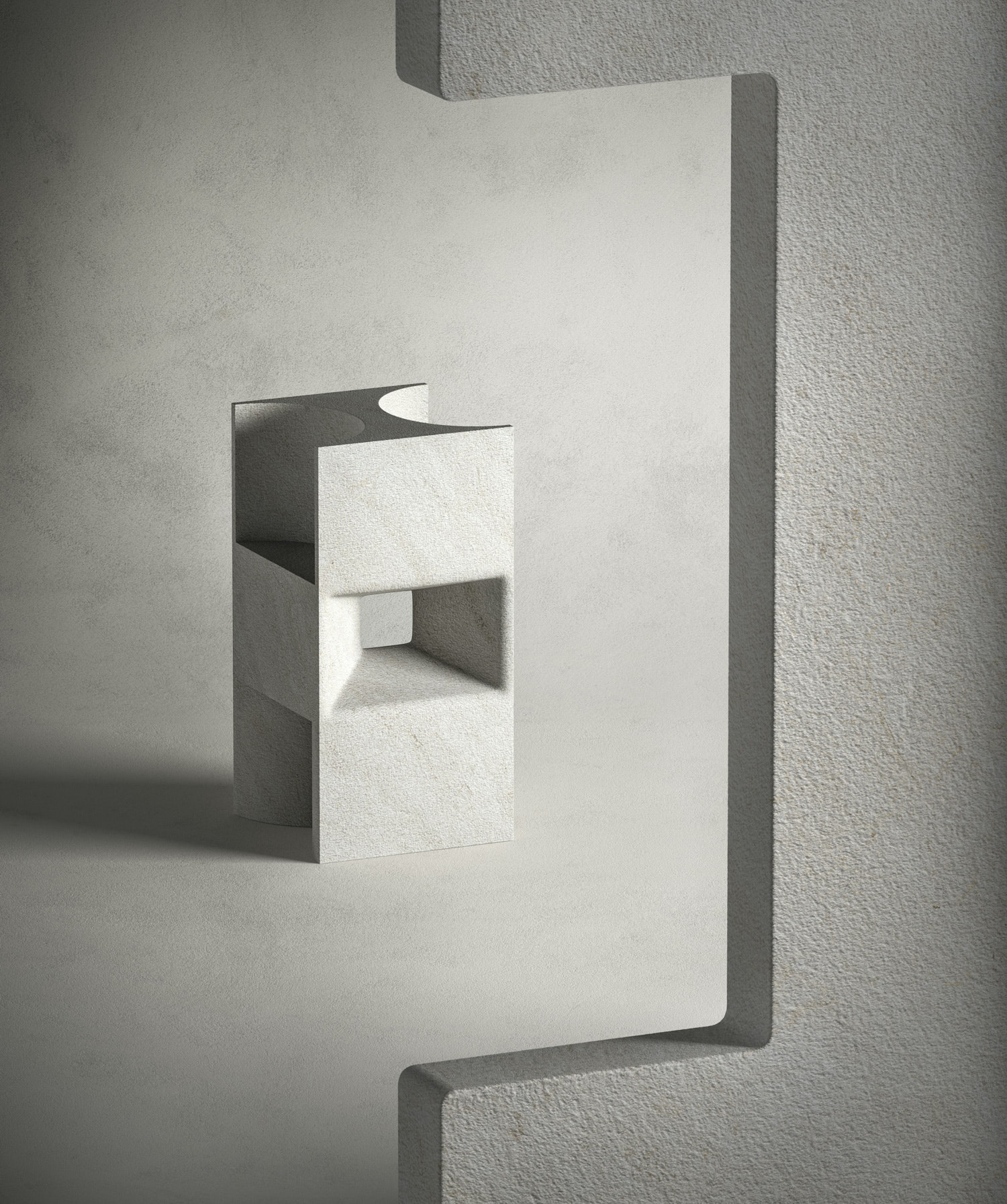
The “Assembly” collection from Yabu Pushelberg consists of three minimalist pieces representing the individual, the community, and their intersection. Each piece can stand alone, but they represent a completely different thing as a whole when grouped. ‘These forms are mysterious yet approachable, inciting limitless wonder and curiosity in the individual inhabiting their space,’ they say.
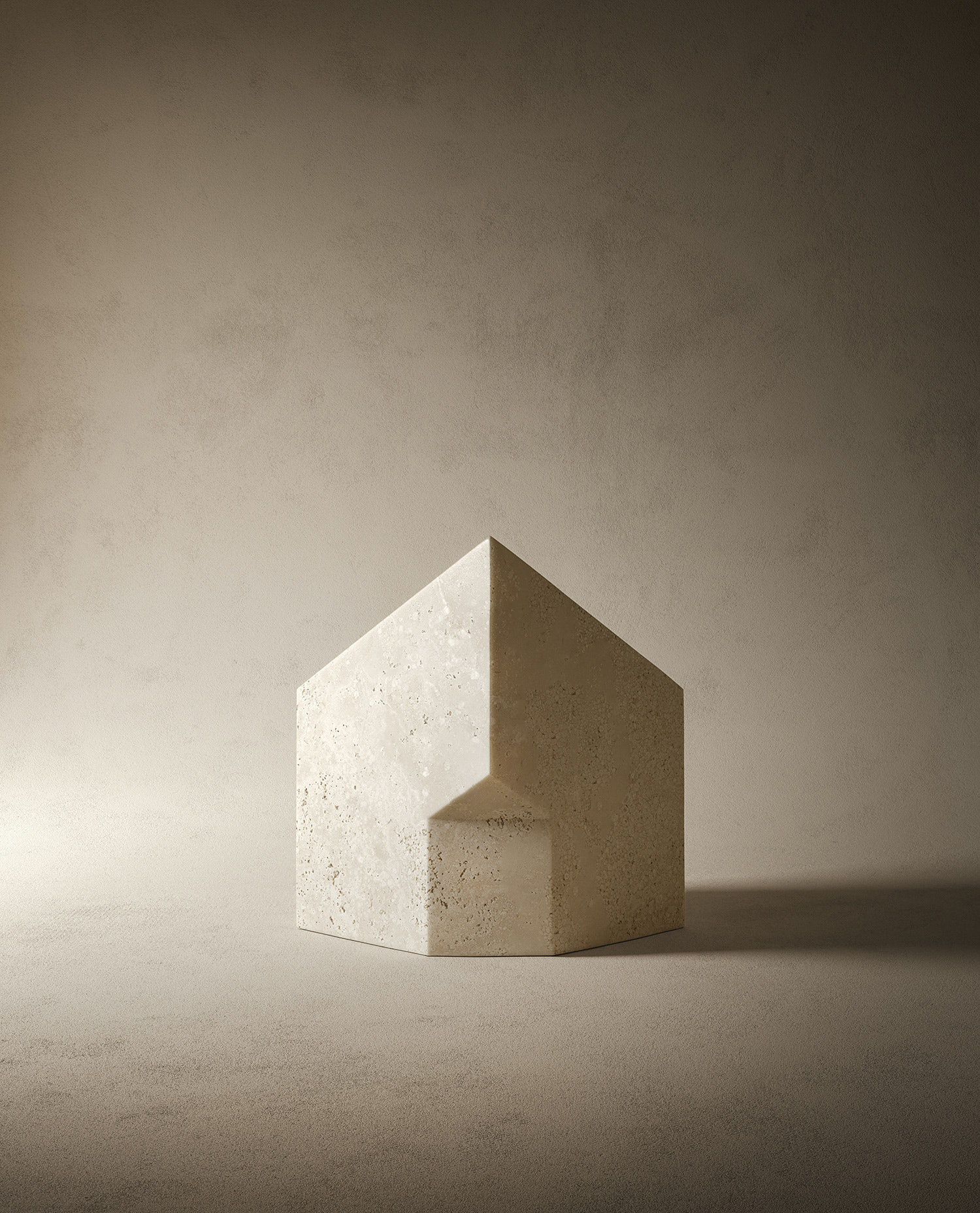
Patricia Urquiola contributed to the project with her collection “Kore,” which consists of two pieces made of a different type of stone (Alma, in Rosa Portogallo marble and Petra, in Travertine). The name of the collection refers to Greek statues to evoke ancient domestic life. “I chose the name Kore for my village as a poetic nod to the Greek statues that depict young women on the cusp of adulthood. Petra and Alma, the two types of houses in the village, evoke sentiments of domestic warmth and intimacy. I wanted to represent due worlds and two diverse, yet complementary aesthetics.”
In a time when spaces continually change their function according to our needs, “home is a haven, and as such, it has to reflect who we are and how we live.” Salvatori hopes this eclectic collection, inspired by both traditional domestic spaces and ideas for the future, will show new ways of living in a post-pandemic world.





